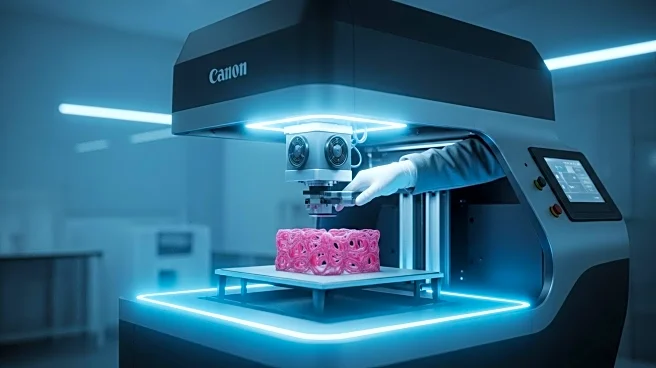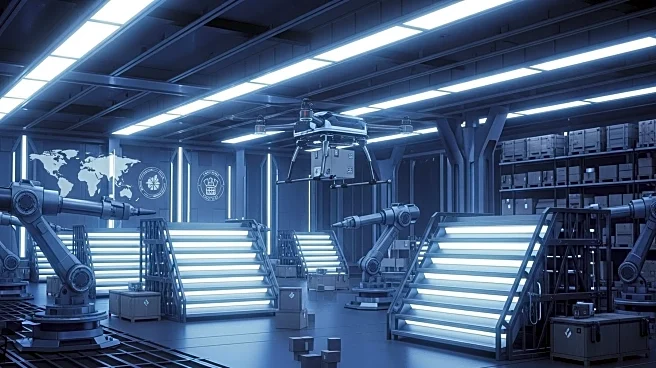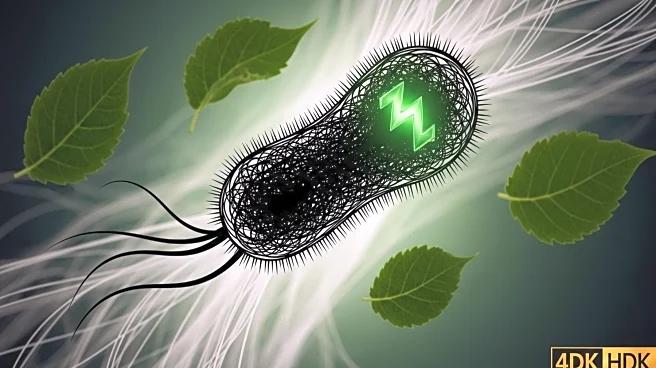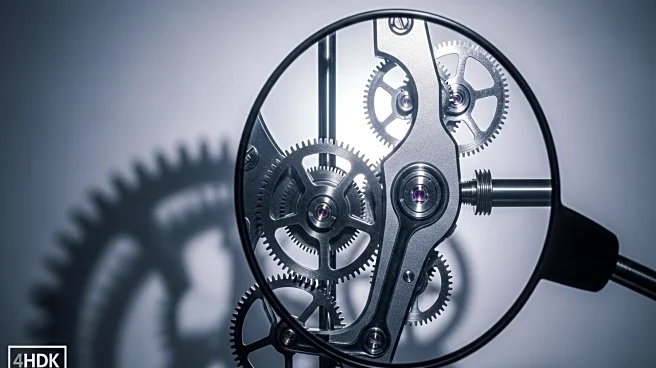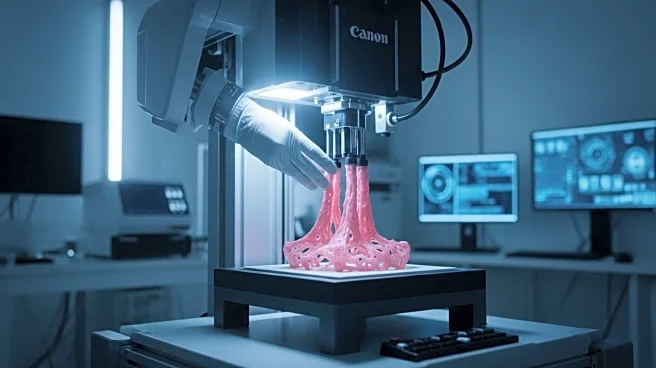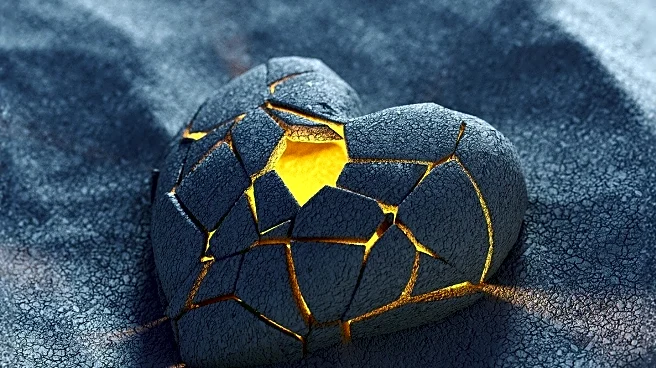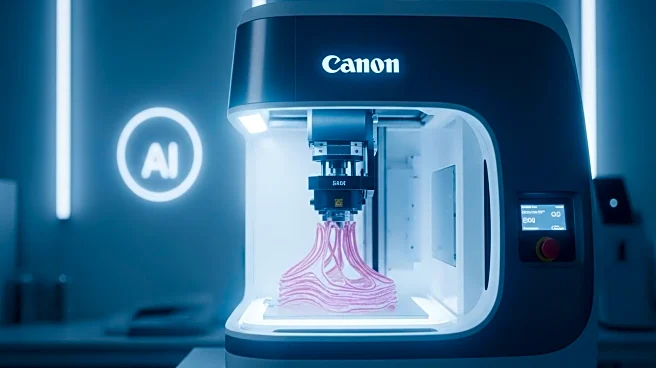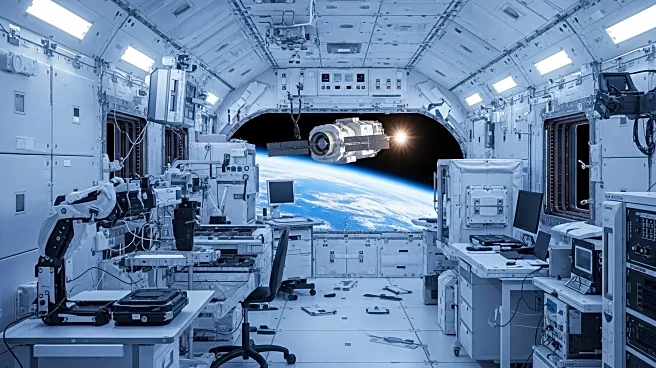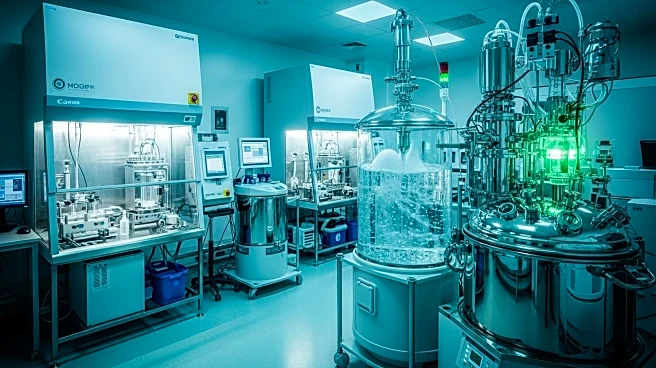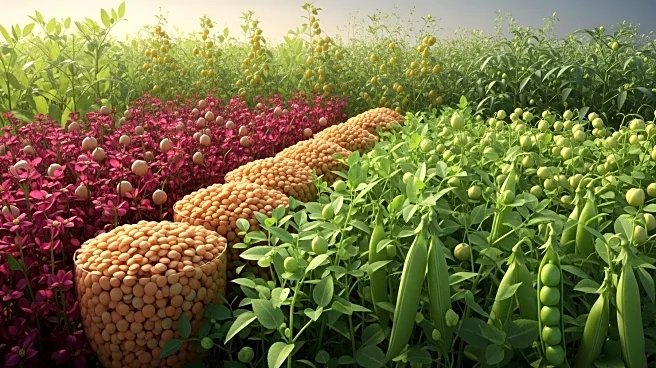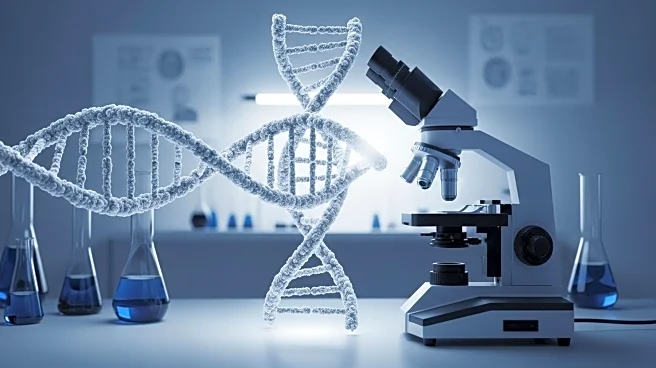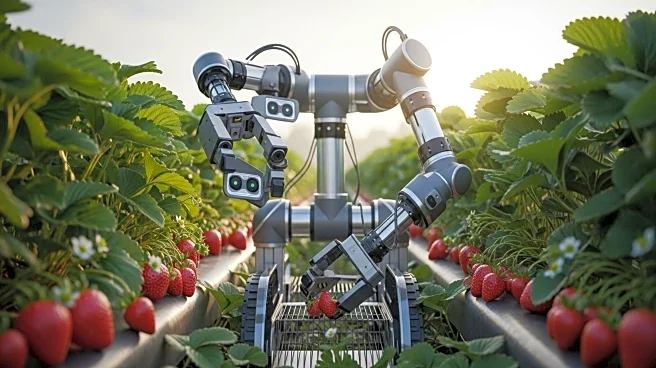What is the story about?
What's Happening?
Researchers at UMC Utrecht and Utrecht University have introduced a novel volumetric bioprinting technology named GRACE, which integrates artificial intelligence and advanced imaging to revolutionize tissue engineering. Led by Riccardo Levato, the team has developed a system that constructs living tissues rapidly while adapting in real-time to enhance cell survival and function. Traditional bioprinting methods often compromise cell viability due to prolonged printing times and mechanical stresses. GRACE addresses these issues by using light to solidify a photosensitive gel infused with cells in a single step, reducing exposure time and mechanical strain. The technology employs laser-based light-sheet imaging to map cellular distribution within the gel, allowing for dynamic co-design of tissue structures. AI algorithms generate tailored vascular networks, improving tissue viability and function. GRACE also excels in multi-step printing processes, ensuring seamless integration of complex tissues. The system dynamically detects obstacles and modulates light projection patterns to ensure uniform curing, opening avenues for embedding pre-fabricated objects within printed tissues.
Why It's Important?
The development of GRACE represents a significant advancement in regenerative medicine, potentially transforming the approach to repairing and replacing human tissues. By enhancing the viability and function of printed tissues, this technology could accelerate the production of personalized medicine and organ replacement solutions. The integration of AI and imaging in bioprinting not only improves precision and reproducibility but also reduces the labor-intensive nature of traditional methods. This breakthrough could alleviate the global shortage of organ donors and pave the way for patient-specific therapies. As GRACE expands its scope to print densely cellular tissues like heart and liver, it may democratize access to advanced bioprinting technologies, fostering innovation in the field.
What's Next?
The translation of GRACE into clinical applications remains complex, requiring further biological investigation to achieve full native tissue functionality. Researchers aim to expand the technology's capabilities to print intricate vascular networks and high cell densities, making it accessible to other research groups worldwide. As 3D bioprinting moves closer to creating functional, transplantable organs, GRACE's responsive, context-aware fabrication process will become essential in unlocking new horizons in regenerative medicine.
Beyond the Headlines
GRACE symbolizes the growing confluence of artificial intelligence and biofabrication, where machines understand and adapt to biological complexity. This paradigm shift from static, blueprint-dependent bioprinting to responsive, context-aware fabrication processes could redefine the future of bioprinting, offering a glimpse into a world where living tissues are fabricated on demand with the sophistication and adaptability found in nature.
AI Generated Content
Do you find this article useful?
